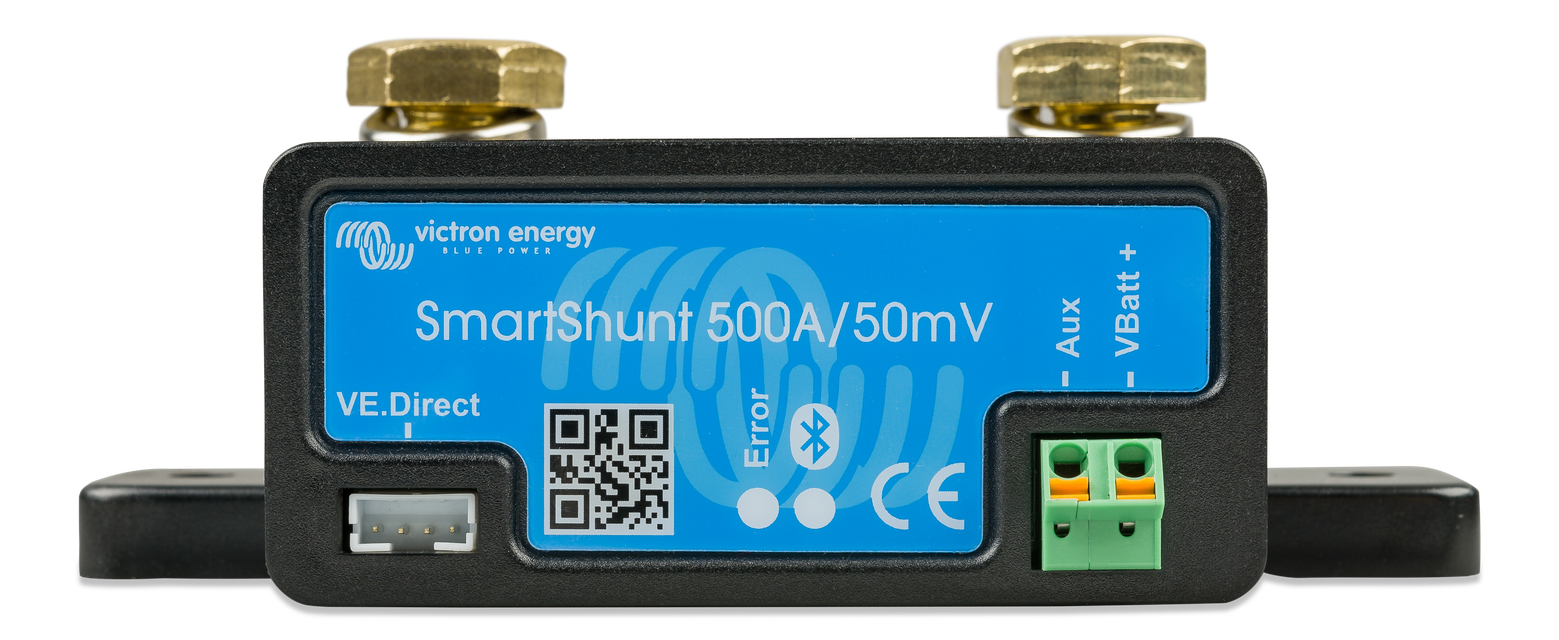I have 2 200w pv panels on the roof connected to my 12v flooded lead acid battery bank in a department over the kitchen through a pwm controller, I have a small screen that shows the voltage of the battery bank and I've installed it in a visible place (so I don't have to go up to each time)
I've adjusted the controller to give 14.6 volts because it's summer.
The voltages I'm getting are:
14.6v (no load)
14.4-12.2 (on load, depends on tge time of day, it indicates 12.2v on 4PM but it's mostly 14.4 during the rest of the day)
During the night it's 12.5v to 12.2v but the load is much lower than what I run during the day.
So my question is, on what voltage does the load starts depleting the charge of the battery, I know it's in the 12.x range but which is exactly?
Another question, how long does a flooded lead acid last if it never goes below 12.2v?
I've adjusted the controller to give 14.6 volts because it's summer.
The voltages I'm getting are:
14.6v (no load)
14.4-12.2 (on load, depends on tge time of day, it indicates 12.2v on 4PM but it's mostly 14.4 during the rest of the day)
During the night it's 12.5v to 12.2v but the load is much lower than what I run during the day.
So my question is, on what voltage does the load starts depleting the charge of the battery, I know it's in the 12.x range but which is exactly?
Another question, how long does a flooded lead acid last if it never goes below 12.2v?



